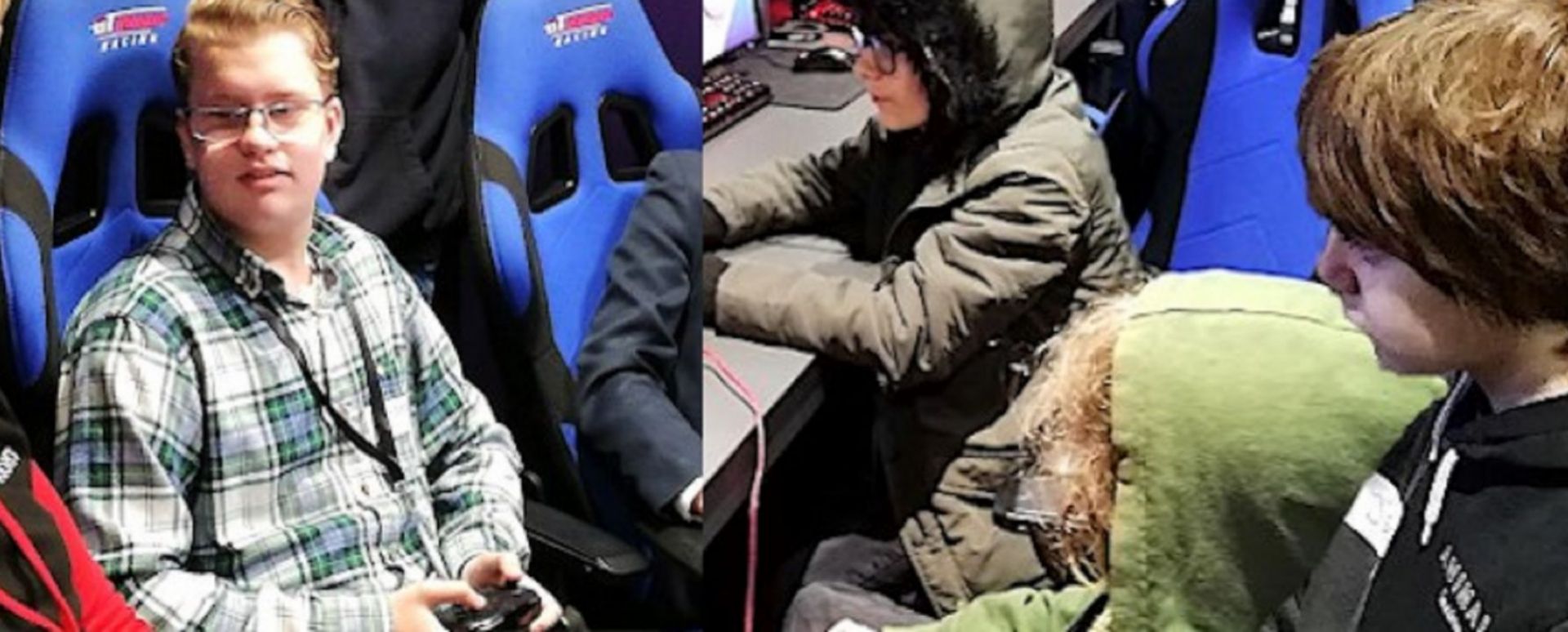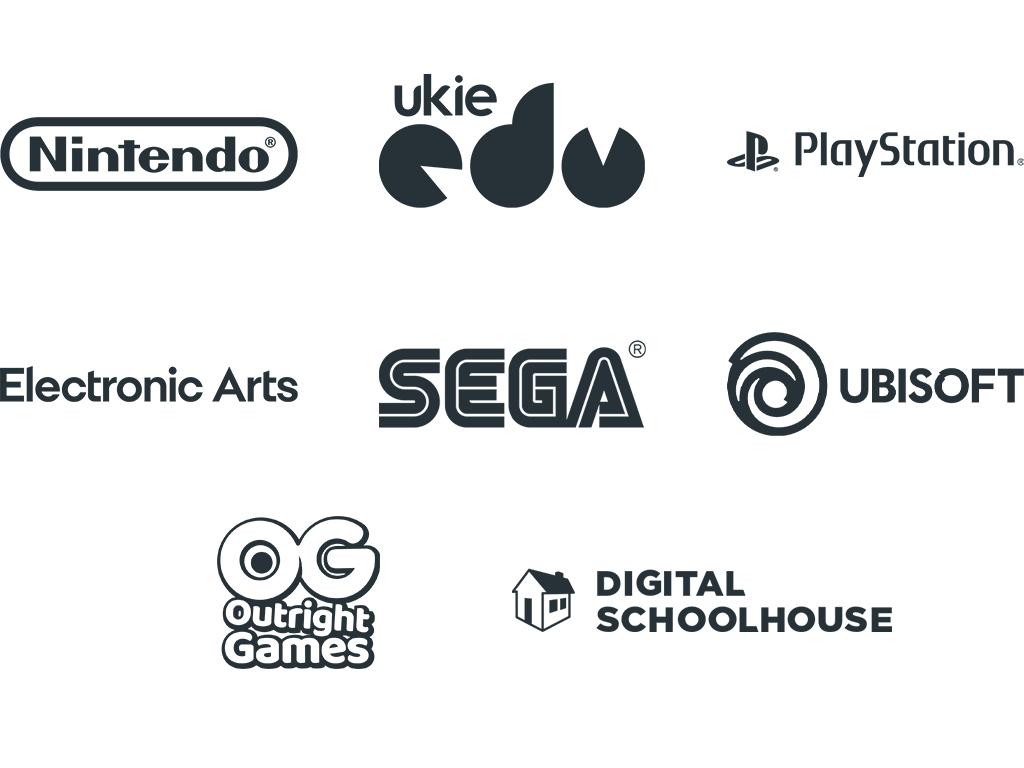
Diary of a Lead Teacher: Episode five - esports and Tumbling
Every lunch time since September we have been running an eports tournament with Digital Schoolhouse. This has involved students taking on roles such as manager, shoutcaster and others in what is actually a huge industry worldwide - the competitive playing of a game in front of an audience for (potentially) huge prizes. The Digital Schoolhouse Super Smash Bros. Ultimate Team Battle tournament is intended to allow children to experience this type of management and organisation, which is really just the latest take on any type of similar live event or sports based system requiring similar management and promotional opportunities. Three student-competitors, a student-shoutcaster and me arrived in Plymouth on the train on Feb 3rd and walked to the eports venue. This was a ‘Belong’ venue which is part of the ‘Game’ computer-game selling shop empire. It wasn’t huge in size but very atmospheric with black painted walls and very impressive looking water-cooled gaming computers racked up with fancy monitors, gaming mice and keyboards etc. Given the chosen Smash-Bros tournament game, the actual consoles in use for the matches were Nintendo Switches.
Then ensued a merciless and constant round of games between different numbers of players, 2 on 2, 1 on 1 etc and between the five or six schools in our regional knockout. In the end we were beaten but what was striking to me was how much our students immediately seemed to recognise other members of their computer-game-loving ‘tribe’. The kids all mixed really well, chatted and compared techniques/notes and seemed very much in their element. As well as the obvious advantages of seeing the structure and execution of this live event - I think the social and team building aspects of the esports tournament was very effective in school as well as the final match.
Back at school I have been sending out a few more emails as I have a few more workshop slots to fill, and also liaising with the team at ‘Turing Tumble’ which I mentioned at the end of my last post. This is quite a clever concept inspired within a small family team including ‘Paul’ who taught coding at the University of Minnesota. He noticed a gap in instructional tools to be able to teach the actual physical workings of the (now) transistor based switches that constitute the actual running of software inside a computer processor.
GCSE computer science does cover logic gates and how they can operate to develop instructions, but Paul has used a system similar to much earlier mechanical based arithmetic/logic machines such as the 'difference engine’ created by Charles Babbage (whose grandfather was apparently Mayor of Totnes...) and built upon further to crack codes in the war (Alan Turing).
The system uses a sort of inverted pinball machine crossed with a marble run - allowing a right(red coloured) and left(blue coloured) store of small marbles to be released one at a time from the top to run down a steeply slanted board which allows you to direct them through different paths many times one way or another before ending up at the bottom of the board in a final single storage chute. A marble moving through the left side of the board at the bottom mechanically triggers the release of another blue ball from the top, and similar on the right for the red balls.
Confused…? Well, through the simple processes of directing a ball to one side or the other through different pieces on the board on the way down, you can replicate logic circuits and do simple operations such as binary arithmetic. All of these processes are laid out in an excellent guide book with step by step challenges to teach the required logic techniques.
I still feel I have a way to go with this but I am indebted to the team at Turing Tumble for sending me a copy of the machine to try out. I hope to unleash the machines on a class at some point and also hopefully organise a try-out for other DSH teachers. If you are intrigued - to get a feel for the ideas and how it works you can always look at the free educator guide here, or a really nice screen based simulator of the physical machine here.

